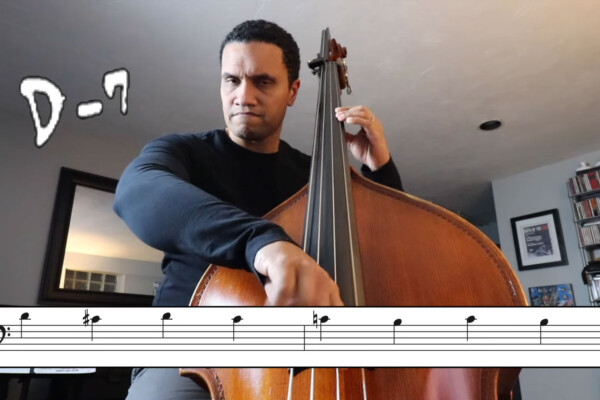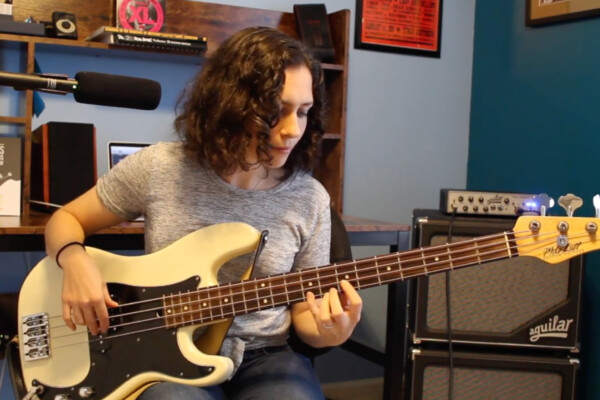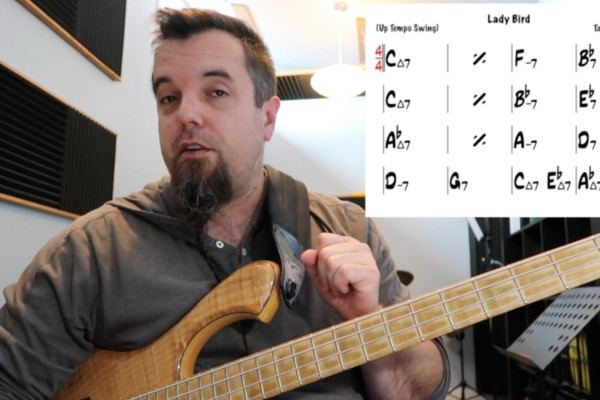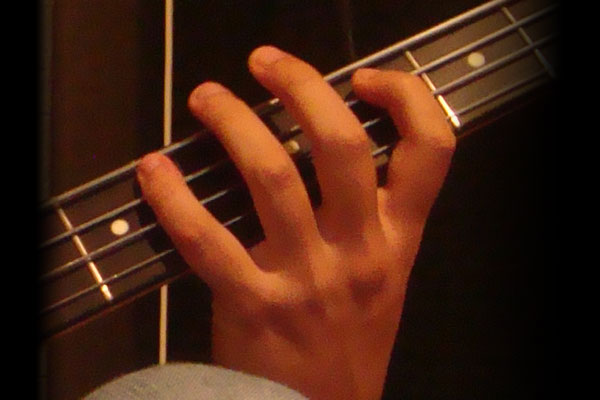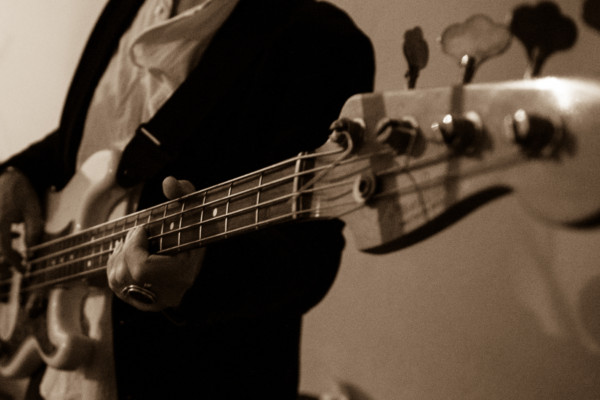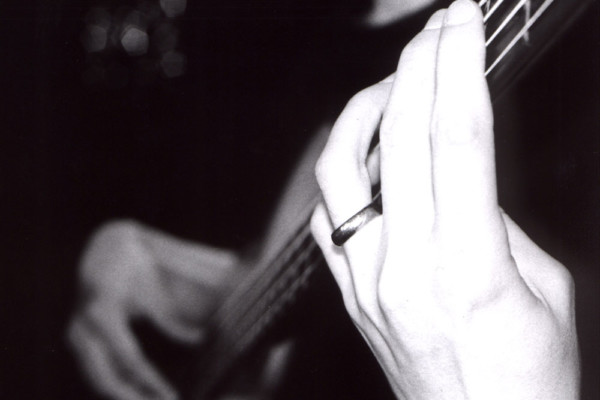Walking Bass Archives
Keep It Groovy: Learn The Bass Line To The Beatles’ “Eight Days A Week”
Today, Ryan Madora keeps it groovy by learning triads, following a chord progression, and applying a walking bass line by taking a page from Paul McCartney’s book and “Eight Days A Week.”
From the Bottom: Take Your Walking Bass Lines to the Next Level
Good walking bass lines can swing the band and outline the harmony, but GREAT walking bass lines will do that and steer the direction and intensity of the music. Take your lines from “following the changes” to “directing the flow” of the music!
Keep It Groovy: Integrating Concepts In Our Walking Bass Lines
In this “Keep It Groovy” lesson, Ryan Madora plays through a very common chord progression in jazz and pop, the 1-6-2-5 chord progression. We’ll learn how to integrate different concepts to begin building a walking bass line.
Keep It Groovy: How to Play a B.B. King Shuffle
This “Keep It Groovy” lesson takes you through one of her favorite B.B. King shuffles, “Paying The Cost To Be The Boss.” This is known as a medium shuffle—not too fast and not too slow. It’s just right!
Keep It Groovy: Super Easy Bluesy/Jazzy Walking Bass
This one features a super easy walking bass line that can make your blues progression a bit jazzier and your jazz walking bass line a little more accessible. Think about it as a good gateway between the genres.
Walking Bass Line Construction
In this video, I’ll talk you through the basics of developing a walking bass line in addition to demonstrating a few approaches. There’s also a nice exercise at the end that’ll really challenge most of you as you explore new ways to navigate chord changes. Enjoy! Follow along with this chord chart I used in this lesson.
Talking Technique: Intro To Triplets In Walking Bass Lines
In the last lesson, we covered adding “burps” into walking bass lines and how to practice them systematically. This time we’re spicing up your walking with triplets. We’ll go over several variations to get these triplets under your fingers and ready to go on all beats of the bar. To keep a focused practice session, we’re going to narrow it...
Talking Technique: “Burps” in Walking
After the Talking Technique Episode on “Killer Dead Notes,” I got a question from Lionel who wanted to know about “the best technique and timing to get those really nice burps in walking bass lines.” I love the way he phrased that question – he asked specifically for not only the technique itself but also the timing. In this episode,...
Getting Away from Playing the Root on Beat One
Q: I play mostly jazz and am a pretty facile walker, but I’ve gotten into the habit of playing lines that almost invariably lead to the root being on the 1 (or the 3 if it’s a 2-chord measure in 4/4, etc.). While I am guessing that some of the folks I play with don’t mind the solid anchor, I...
Making Walking Bass Lines Come Naturally
Q: I would like to ask you about improvising bass lines. Could it be unconscious? I recognized that when I play walking bass, I’m always think about how to reach the next chord. I sometimes have great ideas that I hear in my mind’s ear, but most of the time it’s a really conscious procedure. It’s really interesting because during...
Freeing Up Your Walking Bass Lines
Q: I’ve been getting my walking together and have started to become comfortable and natural sounding playing perfectly functional harmonic lines through changes that highlight the harmony well. It’s all just basically chord tones and scalar patterns with occasional chromatic approaches. In sum, I think I’ve passed walking 101 and am ready to move on. When I listen to and...
Connecting Chords: A Guide to Playing Fluid Bass Lines
Q: I would like to ask about voicing/phrases on bass when it comes to chord progressions. How should I step into the next chord when I’m phrasing the actual one? Should I try walking lines? Are there any standard licks that can bring the feel of translating to a next chord? Or they are all built on the same concept...

